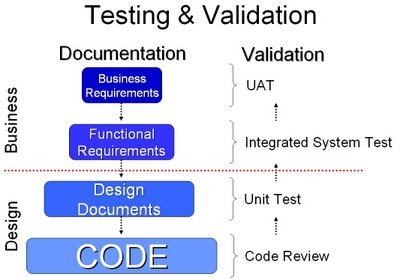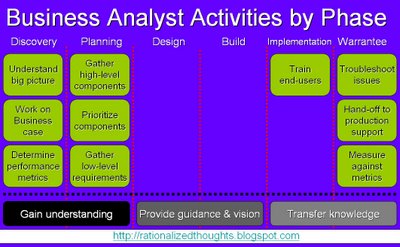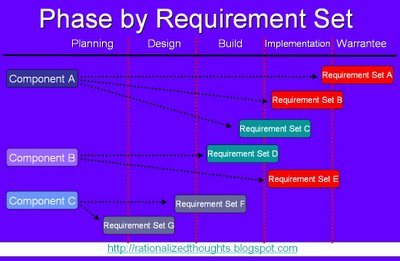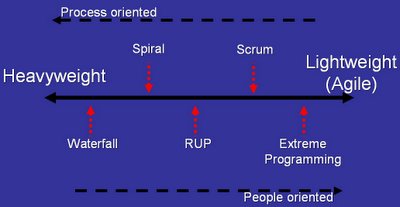A problem solving paradigm
 Understand the problem
Understand the problem
You need to be able to understand the situation and identify the root cause(s) and not just handle the symptoms.
Ask the why questions without making them sound like they are why questions. You're trying to understand the problem not lay blame. Be careful to avoid using language that is not objective or could be interpreted as finger-pointing. Telling someone, "Your transaction processing system screwed up," will only lead to a very defensive response and an escalation in tension. Instead say something like, "I think there may be an issue with the processing of a transaction. Let's investigate one through the whole process to see where the problem occurs."
Even if someone blames you for the issue, maintain your objectivity and abstain from escalating the situation.
Figure out what options you have
Identify the steps you will need to move from your current position to your desired one. Come up with different options that are available. Listen to people who have different ideas; support innovation. Be innovative and introduce different ways of reaching a solution.
Choose the best alternative
Weigh the options against each other using a SWOT analysis. Lock in on the best option and go for it.
Learn from experience
After the problem has been solved and victory declared, spend time to learn from the experience.
- If new processes or procedures worked during an emergency. Perhaps they should be implemented during other circumstances.
- Take precautions to ensure the same problem will not happen again.
























